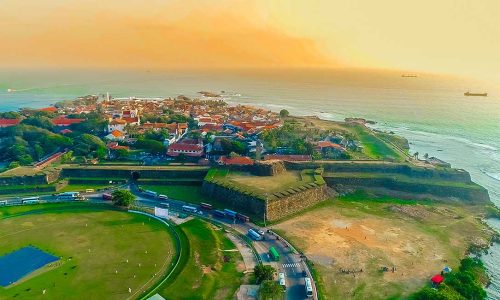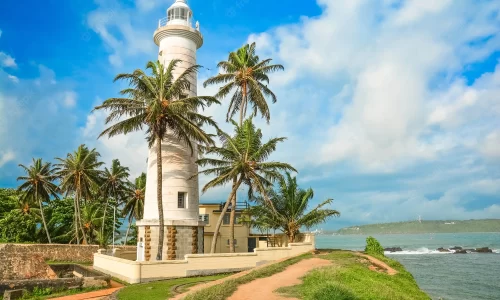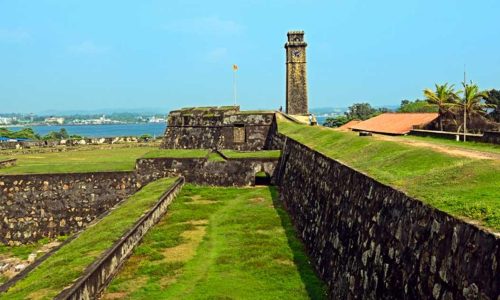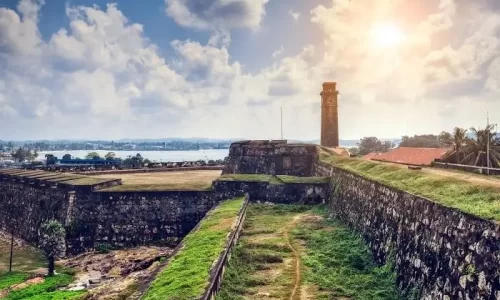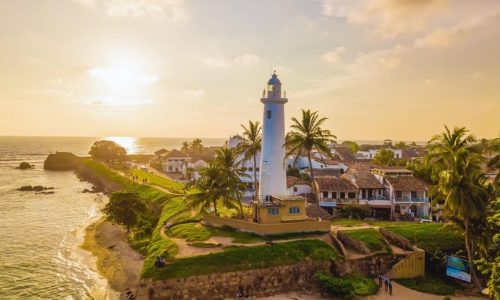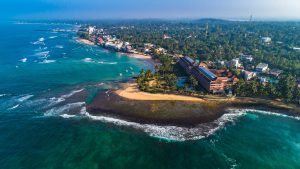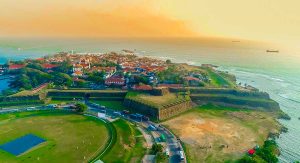Galle Fort is by far the most important tourist attraction in Galle. Spread over a vast area of 36 acres, the Fort is a settlement in itself that showcases the century-old culture and colonial heritage of Galle.
Initially built by the Portuguese in the 16th century during their conquests, the Fort was later fortified and conquered by the Dutch in the 17th century until it fell to the British’s might. The old town of Galle has once been used as a trading port for spices and other goods for over 200 years. Galle Fort is in Galle, located at the extreme southwest corner of the island, on the southwest coast of Sri Lanka, where the shoreline turns east towards Matara and Tangalle. The Fort, like most of the forts in Sri Lanka, is built on a small rocky peninsula, belonging to the sea as much as to the land.
Even if you’re not a cultural person, the buildings inside Galle Fort will take your whiff away. The Fort is a vast monument, and within its walls, you’ll find a selection of fascinating museums and beautiful churches. Don’t miss the magnificent clock tower that stands high above the Fort, looking out to sea.
The City of Galle and its Fortifications had included in the UNESCO World Heritage list. The town inside and the architectural remains had been considered to be awesome creations.
The best months to travel to Galle are between December and April, as there is little rain, so it is relatively dry. However, there is much to see and do here throughout the year, even during the monsoon months of May to September.
At Galle, they initially built a small fort out of palm trees and mud. They called it the Santa Cruz and extended it with a watch tower, three bastions, and a harbor guard.
Sinhala pronunciation: Gaal + lar . There are two syllables. The second one is similar to the end of “butler.” Tamil pronunciation: Gaa + li.
Etymology. Galle was known as Gimhathitha in ancient times. The term is believed to be derived from the classical Sinhalese word meaning “port near the River Gin.”

